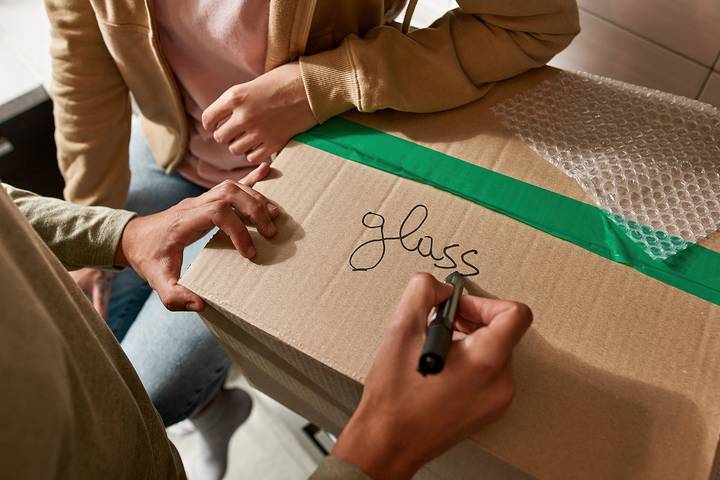How to Pack Kitchen Items for Moving
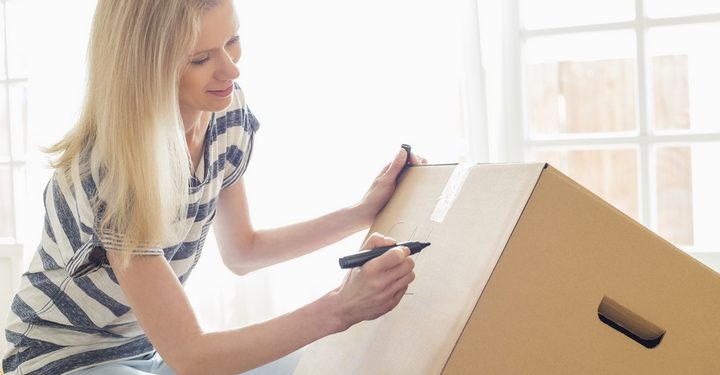
When you’re getting ready to move, packing the kitchen might be the most challenging task you’re faced with. Not only do kitchens tend to be full of stuff, but much of it is fragile. Toss in the irregularly shaped items and the endless odds and ends, and packing this room can be overwhelming.
One of the biggest mistakes you can make is packing this room without a plan. With that in mind, here are some tips and tricks to ensure you know how to pack like a pro.
1. Consider a Storage Container
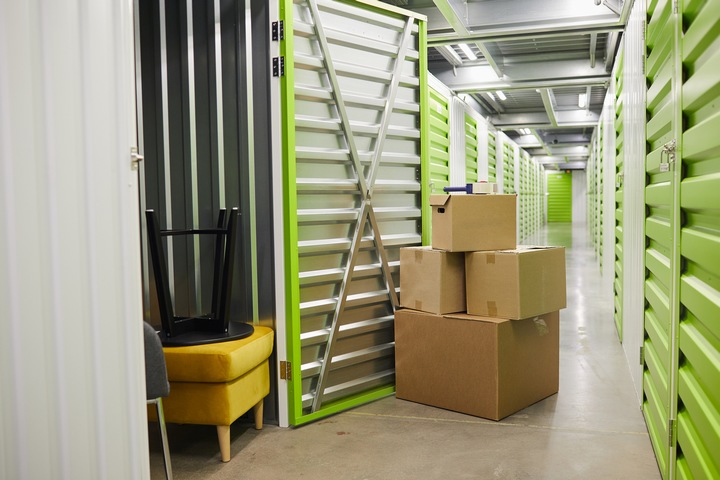
Storage containers are extremely useful when you are packing for a move. With a container, you have completer control over your packing process. The storage container is parked conveniently close to your home, making it easily accessible. You can pack and load at your own pace.
Best of all, you can track exactly where everything is. Regardless of your moving destination, you can find a storage Ontario near you. These containers make unpacking on the other end of the move much easier.
2. Lighten the Load
Moving to a new house is the best time to pare down your belongings and pass along any items that no longer serve a purpose. Those gadgets that you’ve had more than a year but have never used? Chances are that you never will. Donate these items to the local charity shop or pass them on to your friends and family.
3. Get Your Supplies Together
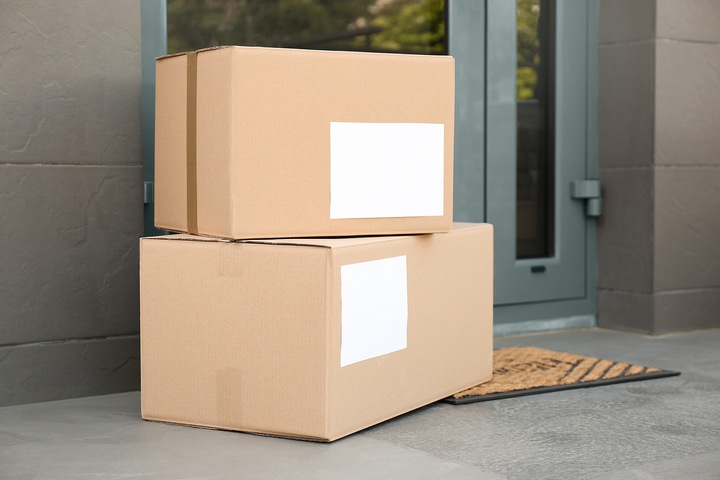
Packing up your kitchen will require a lot of supplies. Before you begin, ensure you have moving boxes in various sizes. You’ll also need packing tape, markers for labeling, bubble wrap or newspapers, scissors or utility knives, and moving blankets. Consider purchasing cardboard dividers to pack and move awkward items like wine glasses.
4. Set Aside the Essentials
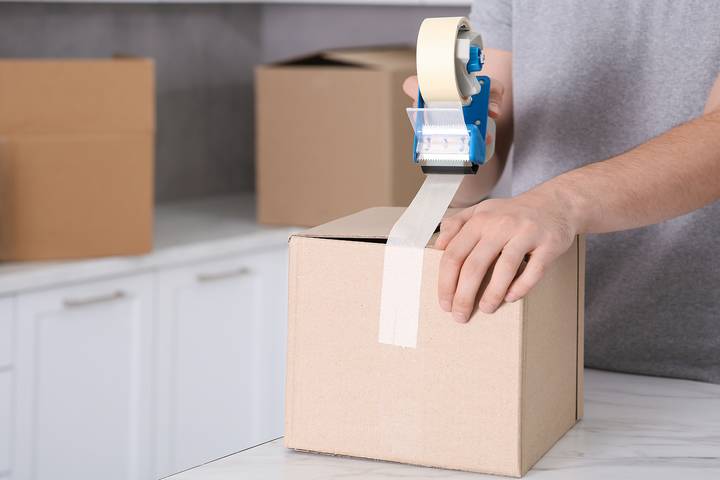
You won’t want to pack up your entire kitchen in one go; after all, you still need to eat! Set aside the items you will continue using until the move itself. You’ll need a few dishes, utensils, a dishcloth, a tea towel, and soap.
Don’t forget to leave out the essential appliances like your coffee maker. All these items can be packed up in a small box on the day of your move.
5. Pack Pots and Pans
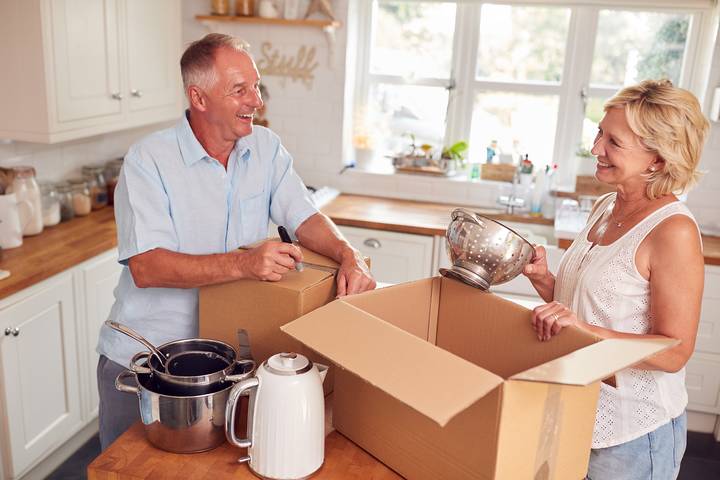
Using a medium or large box, stack your pots and pans by nesting smaller ones on top of larger ones. Place a piece of whatever packing paper you use between each one to prevent scratches. If you have glass lids, wrap them well, and consider packing them in their box.
Fill any gaps with dishcloths and tea towels to prevent the pots and pans from sliding around while they are transported.
6. Glassware

Glassware is best transported in smaller boxes. Each piece needs to be wrapped well, and if you can use dividers in the boxes, they will be even better protected. Never stack anything on top of glassware, even if you have a box with space left over. Glass is fragile, and you don’t want to deal with breakage while unpacking.
7. Plates and Bowls
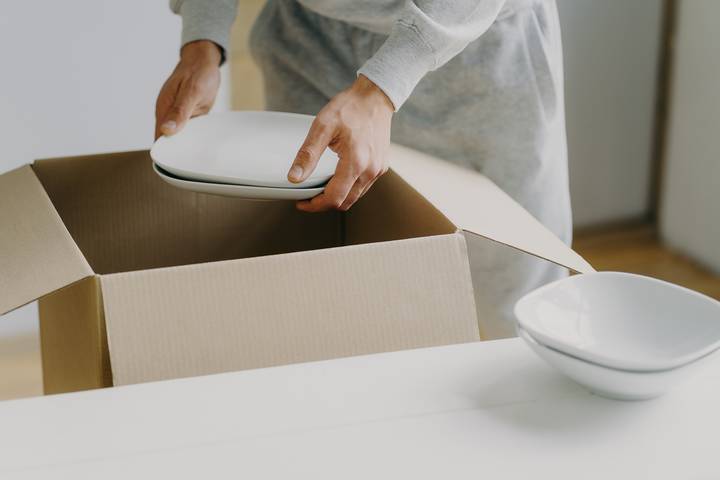
Plates and bowls can be wrapped in paper and then stacked. Using a medium-sized box is best, as dishes can get heavy. Place the largest on the bottom of the box, and nest smaller ones on top. This is an excellent box for packing extras like sponges and towels to help keep the contents secure in transit.
8. Flatware and Other Utensils
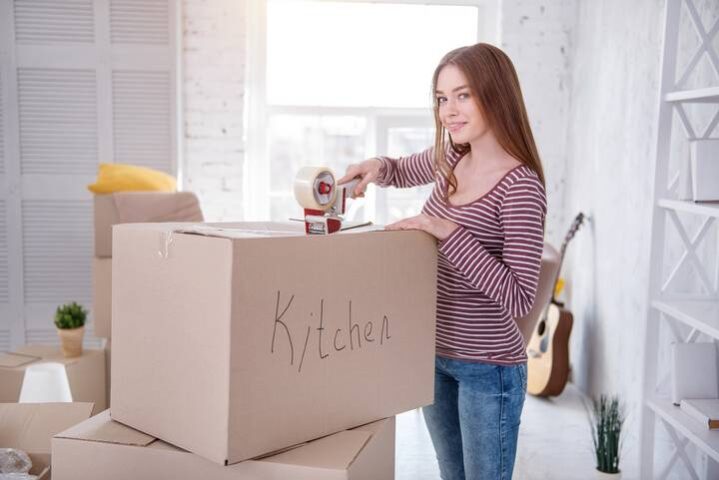
If you keep your flatware and other serving utensils in a tray, the easiest way to pack them is to wrap the entire tray up and place it in a box. For sharp knives, it is wise to cover each separately in packing paper and then secure them together with twine or an elastic band. This way, you know what you handle when it comes time to unpack.
9. Food
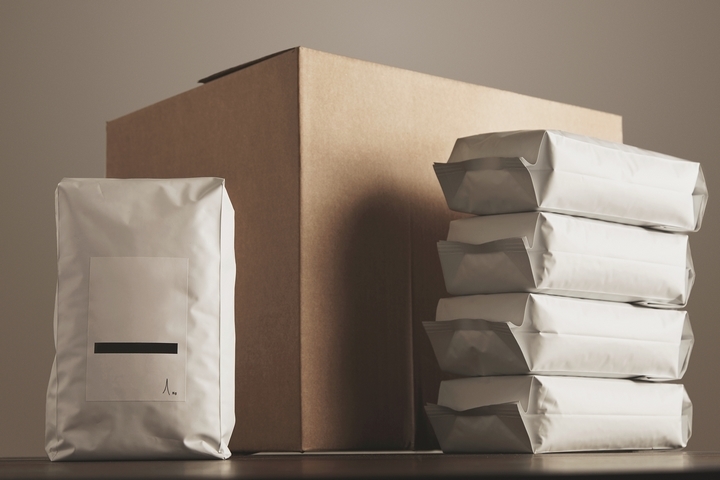
When packing your food, check all the dates and discard any expired items. Donate to your local food bank if you find things that are still good but don’t want to move them. Empty each cabinet one at a time, wrapping glass containers and ensuring everything is sealed correctly. Reusable grocery bags can come in handy here; they make transporting your food easy. Use coolers to move any perishable items from your fridge and freezer.
10. Everything Else
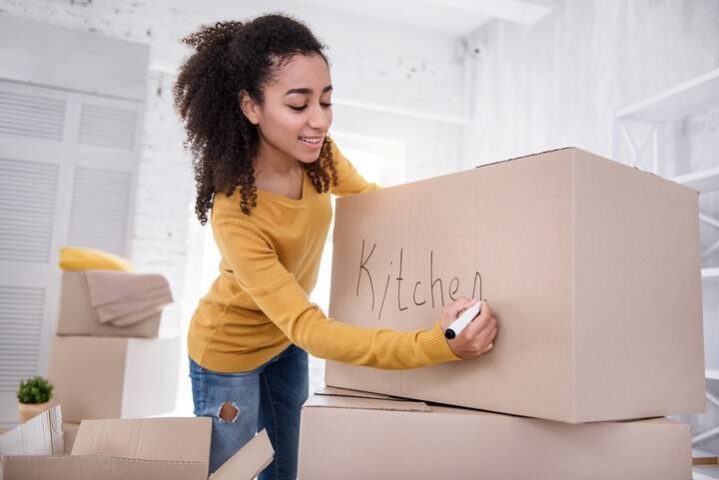
Pack all other items, like small appliances, mixing bowls, cookbooks, baking sheets, and food storage containers. These can be treated the same way you would pack items from any other room. Just be aware of how heavy you are making each box. Keeping them together will make unpacking easier.
A step-by-step approach is the best way to approach packing up your kitchen. Now that your kitchen is packed, the only thing left to do is unpack it when you get to your new home.

